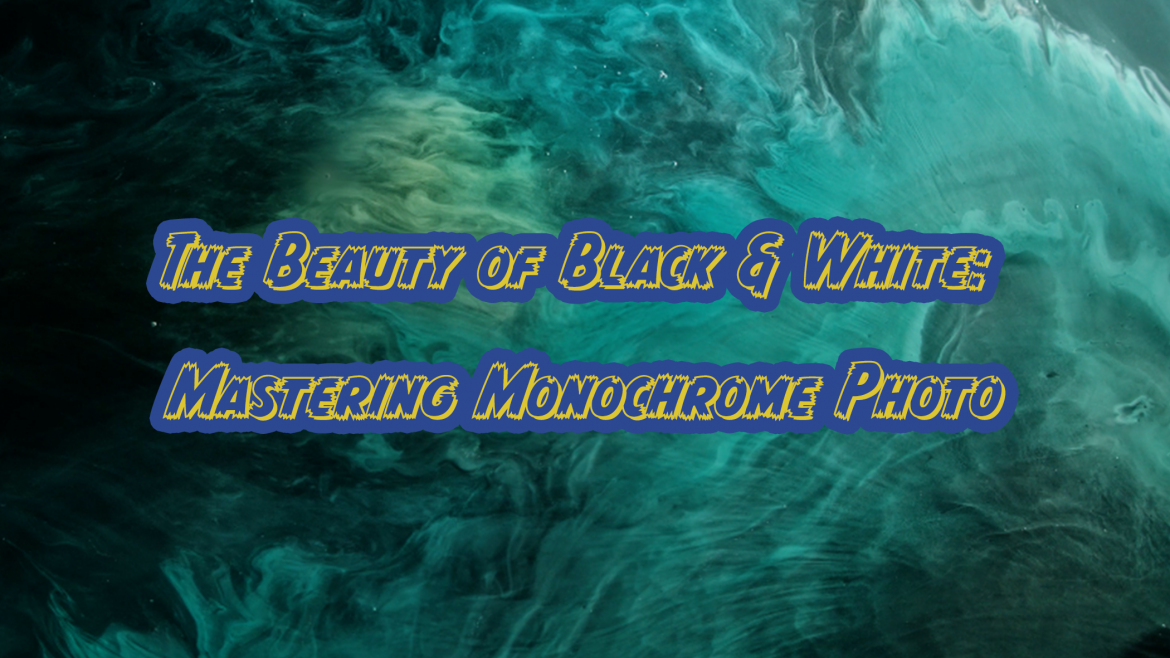
Despite the technological advancements in color photography, black and white images continue to hold a special place in the hearts of photographers and viewers. The absence of color in black and white photography allows the focus to shift to other elements such as composition, contrast, and texture.
Black and white photography, sometimes referenced as “monochrome” has many advantages. One of those advantages is its ability to create a sense of timelessness. By stripping away color, the image becomes more abstract and focuses on the actual subject. Black and white images can display a sense of nostalgia, depth, and a unique emotional impact that color photography may not always achieve.
Composition plays a crucial role in monochrome photography. With color removed, the arrangement of shapes, lines, forms, and textures becomes more important. It is important to pay close attention to light and shadows to create dramatic contrasts and emphasize specific elements within the frame. The absence of color allows viewers to concentrate on these visual elements, leading to a more intense and focused experience.
Black and white photography also has the power to simplify complex scenes. By removing color distractions, the photographer can direct the viewer’s attention to the main subject, enhancing its importance and impact. Without the visual complexities of color, the image becomes more about shapes, patterns, and tonal variations, resulting in a minimalist aesthetic.
In the examples below, notice how the subject is placed in front of a white backdrop giving the image more contrast.


READ MORE
Taking Better Portraits: Posing, Lighting, and Composition Tips
Unleashing Creativity: How to Overcome Photo/Video Block
From Still to Motion: Tips for Transitioning from Photography to Videography
